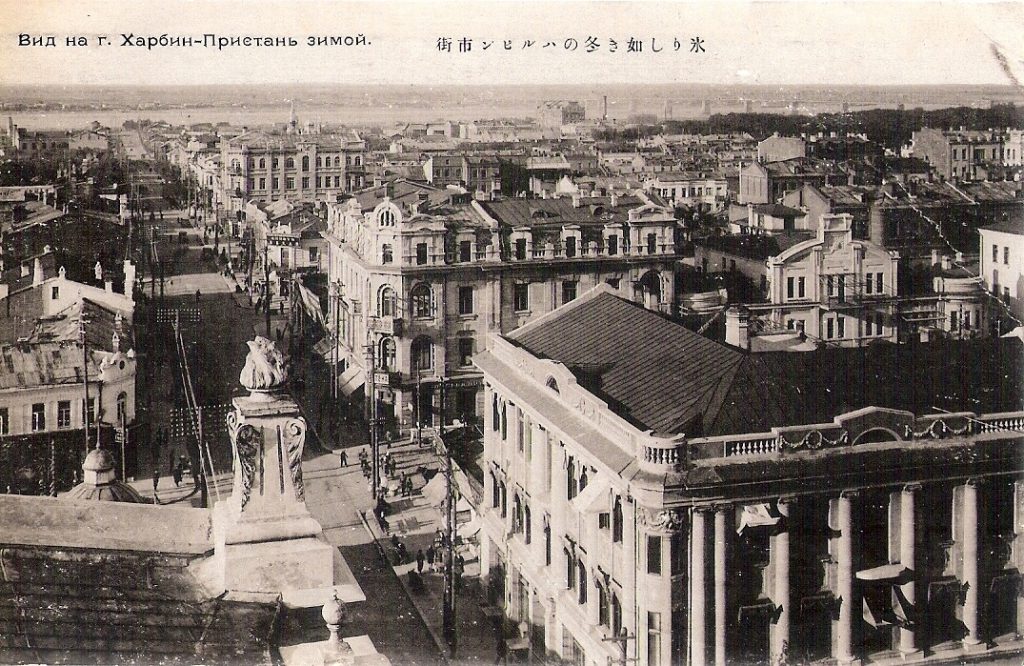Designing the East Asian Port Cities. Circulation of Building and Planning Models, 1840-1940
24 May 2021
10am – 12pm (CET) / 4pm – 6pm (CST)
Chairing: Cristina Pallini (Milan Polytechnic – Italy)
- Shu Yang (School of Urban Design, Wuhan University – China), Wuhan 1861-1990: Radical Changes of Urban Waterfronts in Process of Industrialization
- Maurizio Meriggi (Milan Polytechnic - Italy), Harbin and Dal’niy, as reflected images of Sankt Petersburg in between colonial cities and company towns of Chinese Eastern Railways Company (1899-1930)

Abstracts
- Shu Yang (School of Urban Design, Wuhan University – China), Wuhan 1861-1990: Radical Changes of Urban Waterfronts in Process of Industrialization
This presentation focuses on the transformation of urban space on waterfront in process of industrialization in Wuhan — a Chinese metropolis, where waterfronts play an important role in its urban planning policy.
In the century of industrialization, Wuhan, like many other cities in China, has undergone profound changes. The iron works, arsenal, great textile factories, were erected one after another in front of great rivers. Furthermore, the port of Hankou was opened to western powers in 1861, the foreign concessions were established on a Bund area of 2.2 km2. The waterfronts, largely artificial, were transformed as a special zone separated from the rest of the city, and were contributed to the industrial ports and productive activities. They became henceforth an exhibition place of the fruits of new industrial civilization. The urban space extended discontinuously on shore and several new axes appeared to inland following the development of highway and railway. After the establishment of PRC, the first bridge was built across the Yangtze in 1957, the urban space of three towns separated by the great rivers, were finally joined together. Consequently, the waterfronts originally at the frontier of each town, became actually the center of the city.
- Maurizio Meriggi (Milan Polytechnic - Italy), Harbin and Dal’niy, as reflected images of Sankt Petersburg in between colonial cities and company towns of Chinese Eastern Railways Company (1899-1930)

The intention to create a domestic atmosphere for the comfort of the immigrants living in the concessions, on the one hand, and the need to characterize with national marks the image of the Russian railway’s companies’ towns in Manchuria, on the other, are assumed as the extremes describing planning and development of Harbin and Dal’nij.
The two cities are respectively the railway hub in between China and Europe through the trans-Siberian line, and the port city in between Russian Empire and the Chinese sea. Each city was originally design as company town of the Chinese Eastern Railway (CER), expected to become international city to guest business communities from Europe and Asia. Both cities, notwithstanding the Russian-Japanese war and the October Revolution, developed quite fast maintaining until the end of 1930’s their original double character of industrial centers - connected with the construction of railways and ports - and business city. This double identity is reflected in the architectural image of the cities where, on the one hand, “neo-russian” and “modernist” style are the markers of the buildings of the CER and, on the other, “neo-classicism” and “eclecticism” are the common markers of the business city, thus reflecting the similar cultural polarization in Sankt Petersburg, that promoted the construction of CER at the beginning of XX century.
Join Zoom Meeting:
https://us06web.zoom.us/j/88913739249?pwd=MzFTRjd4WHVORmlOZlNkczBkQ2FYQT09

